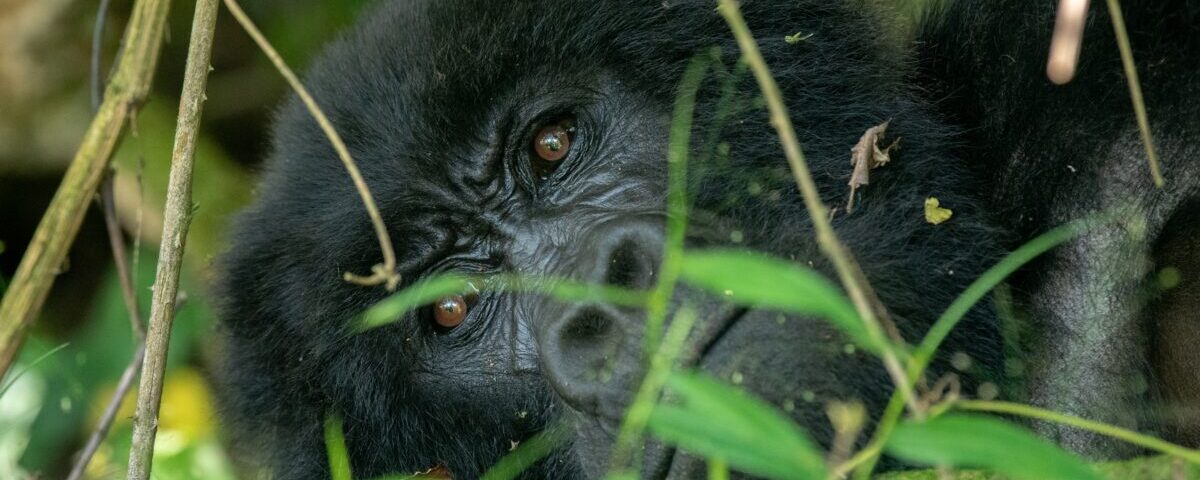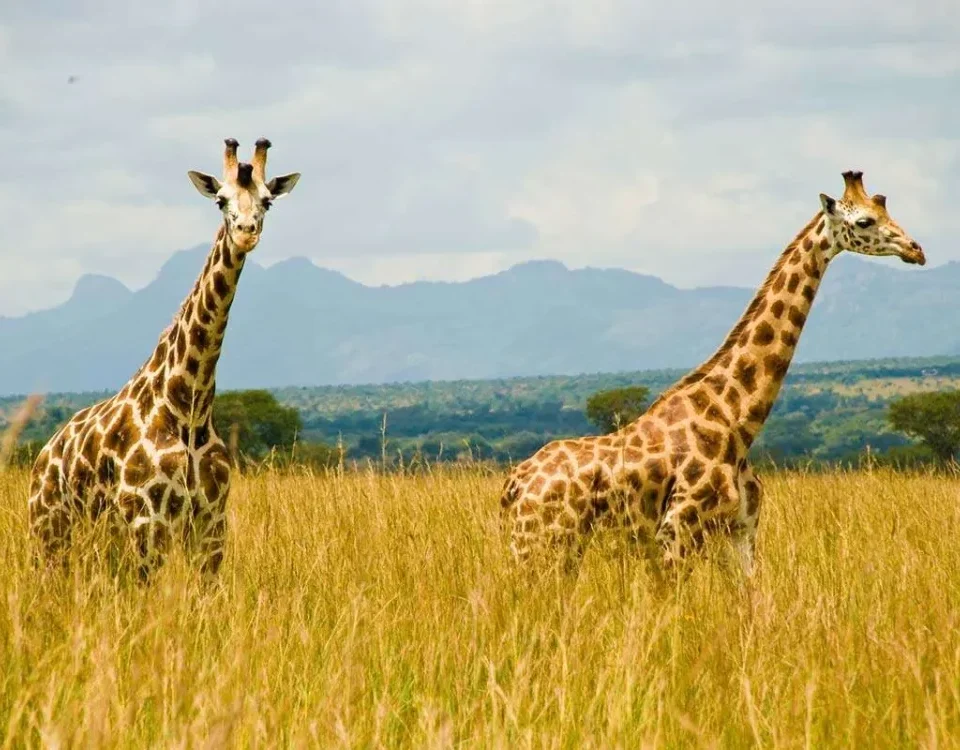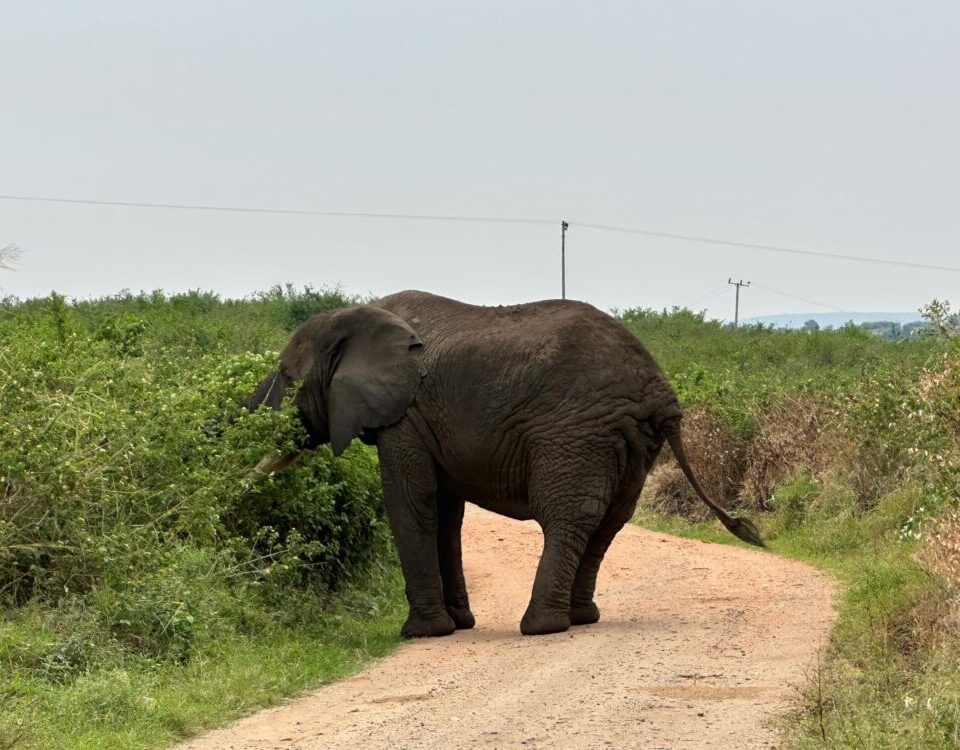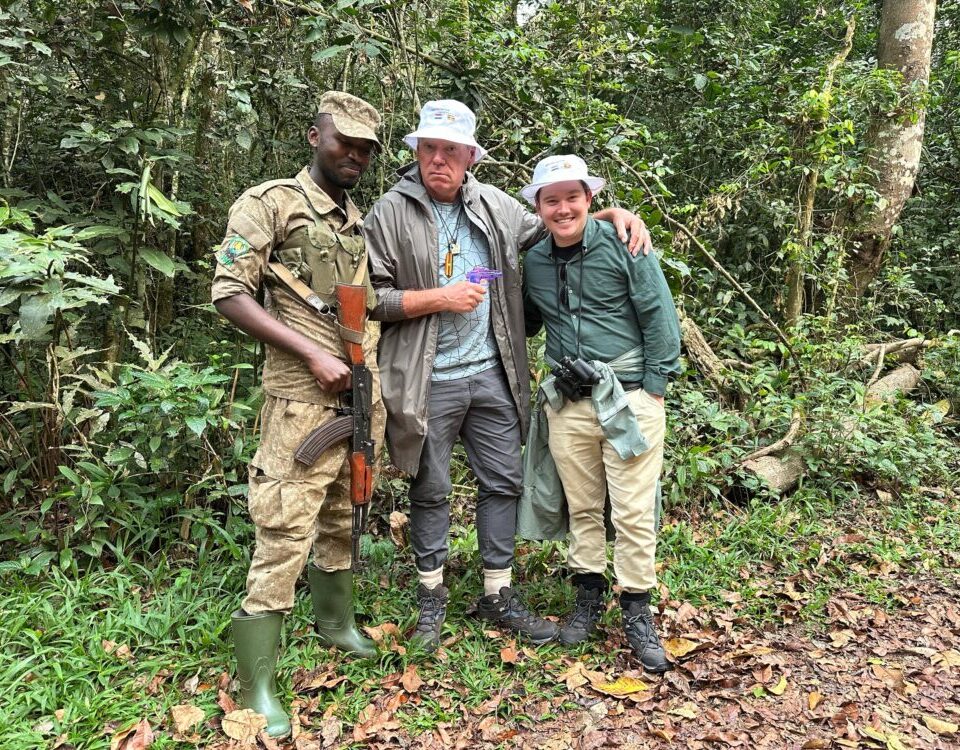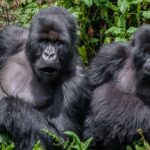
Why Is Gorilla Trekking So Expensive?
March 4, 2025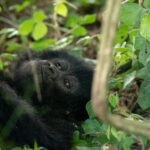
What is the Cheapest Way to See Gorillas in Uganda?
March 6, 2025Is It Safe to Go Gorilla Trekking in Uganda?
Gorilla trekking in Uganda is one of the most unforgettable wildlife experiences in the world. For travelers seeking to witness the majestic mountain gorillas in their natural habitat, Uganda offers an opportunity to explore its dense rainforests, towering volcanoes, and pristine national parks. However, as with any adventure, safety is a critical consideration. For those wondering if gorilla trekking in Uganda is safe, this guide provides a thorough analysis of safety aspects, outlining the measures in place to ensure trekkers can enjoy this life-changing experience with confidence.
Safety Overview: Is Gorilla Trekking Safe in Uganda?
Gorilla trekking in Uganda is generally considered to be very safe for tourists. The Uganda Wildlife Authority (UWA), responsible for managing Uganda’s national parks, has implemented strict protocols and regulations to protect both visitors and the endangered mountain gorillas. These measures have been carefully designed to mitigate the risks associated with trekking in a wilderness area while maintaining the integrity of the experience.
Safety Measures for Trekking with Gorillas
Guidelines for Visitors
The Uganda Wildlife Authority has set specific rules and regulations to ensure both human and animal safety during gorilla trekking. Before beginning a trek, all visitors are given a safety briefing that highlights the importance of maintaining proper distance, not disturbing the gorillas, and following the lead of the expert guides. These measures ensure that the safety of both the gorillas and trekkers is prioritized.
- Minimum Distance: Trekkers are required to maintain a minimum distance of 7 meters (21 feet) from the gorillas. This helps prevent the spread of diseases from humans to gorillas, as they are susceptible to human illnesses such as the common cold and flu.
- Group Size: The trekking groups are capped at a maximum of 8 people per group. This helps limit the impact on the gorillas and allows for a more controlled and intimate experience. With fewer people, trekkers are less likely to crowd the gorillas and can observe them in a more respectful manner.
- Duration of the Visit: Trekkers are allowed to spend one hour with the gorillas, which is the maximum recommended time. This ensures that the gorillas are not overstressed, and that the experience remains enjoyable and safe for all involved.
Experienced Guides and Rangers
When trekking in Uganda, visitors are accompanied by experienced guides and armed rangers. The guides are specially trained to interpret the behavior of the gorillas, understand their habitat, and manage any safety concerns that may arise during the trek. Armed rangers are present for security purposes, primarily to protect trekkers in the unlikely event of an encounter with dangerous wildlife, such as elephants or buffaloes, which occasionally roam the park.
The guides also provide essential safety tips on how to behave when encountering gorillas. For example, trekkers are advised to remain calm, not make loud noises, and avoid sudden movements that could disturb the gorillas.
Health and Safety Concerns for Trekkers
Physical Requirements for Trekking
Although gorilla trekking is an incredible experience, it is important to recognize that it can be physically demanding. The trekking takes place in Uganda’s mountainous regions, often involving steep climbs, muddy trails, and dense jungle. Visitors should be in reasonably good physical condition to take part in the trek. While the trek is not extreme, it can last for several hours, with some treks covering distances of 3-4 hours depending on the location of the gorilla group.
Health Precautions and Vaccinations
To ensure a safe trip, travelers are advised to take certain health precautions before visiting Uganda. Recommended vaccinations include:
- Yellow Fever: A mandatory vaccination for entry into Uganda. Proof of vaccination is required.
- Malaria Prevention: Uganda is a malaria-prone region, so visitors should take malaria prophylaxis as advised by their doctor.
- Other Vaccines: Vaccines for hepatitis A, hepatitis B, and typhoid may also be recommended depending on the traveler’s health background.
It is important to note that the health of trekkers is closely monitored before the trek. If you are feeling unwell, you may be asked to reschedule your trek to protect both your health and the well-being of the gorillas.
Environmental and Wildlife Safety
Uganda’s national parks, including Bwindi Impenetrable Forest and Mgahinga Gorilla National Park, are home to a diverse range of wildlife. While the primary focus is on gorillas, trekkers may also encounter other wildlife, such as elephants, buffaloes, and various species of primates. However, the risk of dangerous encounters is relatively low.
- Elephants and Buffaloes: These animals, though large and potentially dangerous, are not typically found in the areas where gorilla trekking occurs. However, armed rangers accompany trekkers as a precautionary measure to protect against any unforeseen encounters with wildlife.
- Snakes and Insects: Like any tropical forest, Uganda’s national parks do contain various species of snakes and insects. However, the chances of encountering these creatures during a gorilla trek are minimal. The guides and rangers are highly trained to ensure trekkers avoid any hazards posed by the environment.
Security and General Safety in Uganda
Uganda is generally a safe destination for tourists, and the regions where gorilla trekking takes place are known for their peaceful atmosphere. The government and local authorities take extensive measures to ensure the safety of visitors, particularly in the popular trekking areas.
- Local Communities and Security: Uganda has made significant strides in maintaining peace and stability, particularly in areas that attract tourists. The local communities around Bwindi Impenetrable Forest and Mgahinga Gorilla National Park are known for their hospitality, and there is a strong emphasis on tourism as a key driver of local development.
- Crime and Safety: As in any foreign country, it is advisable to remain vigilant and take basic safety precautions, such as securing valuables and avoiding unfamiliar or poorly lit areas at night. However, the risk of crime against tourists is relatively low in Uganda, especially in the remote trekking areas.
Conclusion: Why Gorilla Trekking in Uganda is Safe
Gorilla trekking in Uganda is an exceptional and safe experience for travelers. The Uganda Wildlife Authority’s stringent regulations, combined with the expertise of local guides and rangers, ensure that the safety of both visitors and gorillas is prioritized. The physical challenges of the trek, while requiring some fitness, are not overwhelming, and trekkers can enjoy the experience at their own pace.
By following safety guidelines, taking necessary health precautions, and being mindful of the environment, trekkers can have a memorable, safe, and enriching experience in Uganda’s beautiful rainforests. For those seeking a rare, intimate encounter with one of the world’s most endangered species, Uganda offers an experience that is both safe and awe-inspiring.
At Wild Village Safaris, we are committed to providing expert guidance and support to ensure that your gorilla trekking adventure in Uganda is not only safe but also enriching. From planning your trip to providing safety briefings and professional guides, we ensure that your journey to meet the gorillas is an unforgettable experience, filled with wonder and peace of mind.

